Walk into any outdoor furniture store and you'll face the same dilemma – foam or polyester fill for your cushions? Sales associates throw around terms like "high-density foam" and "quick-dry polyester" like everyone knows exactly what they mean, but honestly, most of us are just nodding along hoping we make the right choice.
I've been in the outdoor furniture business for over eight years now, and I can tell you that choosing between foam and polyester fill is one of the most important decisions you'll make for your outdoor space. Get it right, and you'll have years of comfortable outdoor living. Get it wrong, and you'll be dealing with saggy, uncomfortable, or moldy cushions before you know it.
So let's cut through the marketing speak and get to the truth about foam versus polyester fill for outdoor cushions. By the end of this article, you'll know exactly which material works best for your climate, usage patterns, and comfort preferences.
The Foam Foundation: Understanding Your Dense and Airy Options
When we talk about foam in outdoor cushions, we're primarily dealing with polyurethane foam, but not all foam is created equal. The density, cell structure, and chemical composition make enormous differences in how your cushions perform outdoors.
High-Density Foam: The Heavyweight Champion
High-density foam (typically 2.0-3.5 pounds per cubic foot) is what you'll find in premium outdoor cushions. This stuff feels substantial when you sit on it – there's immediate support and a slower, more controlled compression.
The science behind high-density foam is pretty fascinating. According to research from the Polyurethane Foam Association, higher density foams have smaller, more numerous cells, which distribute weight more evenly and resist permanent deformation. This translates to cushions that maintain their shape season after season.

But here's what manufacturers don't always tell you – high-density foam takes forever to dry if it gets wet. I've seen customers wait weeks for thick foam cushions to fully dry after a heavy rain, even with good ventilation. This is where the trade-offs start becoming apparent.
Open-Cell vs Closed-Cell: The Drainage Dilemma
Most standard polyurethane foam is open-cell, meaning the tiny air pockets are connected. This makes the foam compressible and comfortable, but it also acts like a sponge when water penetrates the cover. Closed-cell foam solves the water absorption problem but sacrifices some comfort – it feels firmer and less conforming.
Marine-grade foams use a hybrid approach with treated open-cell structures that resist water absorption while maintaining reasonable comfort. These specialized foams cost significantly more but perform much better in wet climates.
Reality Check: I've tested standard furniture foam outdoors, and it's a disaster waiting to happen. The foam degrades rapidly under UV exposure, absorbs moisture like crazy, and becomes a breeding ground for mold. Always insist on foam specifically designed for outdoor use.
Polyester Fill: The Resilient Underdog
Polyester fiberfill gets unfairly dismissed as "cheap stuffing," but modern polyester fill technology has come a long way. When properly designed, polyester-filled cushions offer some unique advantages that foam simply can't match.
The Quick-Dry Advantage
Here's where polyester fill really shines – water management. High-quality polyester fibers don't absorb water the way foam does. Instead, water passes through the fiber structure and drains out relatively quickly. I've seen polyester-filled cushions go from soaked to comfortable in just a few hours of good air circulation.
The key is fiber structure. Hollow polyester fibers create channels for airflow while maintaining loft and comfort. Some premium polyester fills use treated fibers that actively repel water while still allowing air circulation.

Shape Recovery and Longevity
One of the biggest misconceptions about polyester fill is that it flattens permanently over time. While cheap polyester fill absolutely does this, quality polyester fiberfill is engineered for shape recovery.
High-resilience polyester fibers have a "memory" – they spring back to their original shape after compression. The secret is in the fiber treatment and the way the fill is layered during manufacturing. Premium polyester fills often use multiple fiber deniers (thicknesses) to create a supportive core with a soft surface layer.
Climate Considerations: Where Each Material Excels
Your local climate should be the deciding factor in choosing between foam and polyester fill. What works beautifully in Arizona might be a disaster in Florida, and vice versa.
Humid and Wet Climates
If you live anywhere with high humidity, frequent rain, or near water, polyester fill has significant advantages. I've had customers in coastal areas tell me their foam cushions never fully dried between rain events, leading to persistent musty odors and eventually mold growth.

Polyester's quick-dry properties become essential in these environments. Even if water penetrates the cushion cover, polyester fill releases moisture much faster than foam, reducing the risk of mold and maintaining comfort.
Arid and Low-Humidity Regions
Desert and semi-arid climates present different challenges. UV intensity is extreme, temperature swings are dramatic, and humidity is minimal. In these conditions, high-quality foam actually performs very well because moisture retention isn't a concern.
The superior support and durability of dense foam become more important than quick-dry properties. UV-stabilized foams maintain their structure better than polyester fills, which can break down under intense sun exposure.
Expert Insight: I always ask customers about their specific microclimate. Do you have morning dew? Afternoon thunderstorms? Pool splash? These details matter more than general regional climate when selecting cushion fill.
Comfort and Support: The Feel Factor
Let's talk about what really matters – how these materials feel when you're actually using your outdoor space. Comfort is subjective, but there are objective differences in how foam and polyester support your body.
Foam's Support Characteristics
Foam provides what engineers call "progressive resistance" – the deeper you sink, the more it pushes back. This creates excellent support for extended sitting and helps maintain proper posture during long outdoor gatherings.
High-density foam also has superior "force distribution," meaning it spreads your weight over a larger area, reducing pressure points. This is why foam cushions often feel more comfortable for people with back issues or those who spend hours outdoors reading or working.
But foam has a weakness – it doesn't bounce back quickly. When you stand up, foam cushions show an impression that takes time to disappear. Some people find this annoying, especially in high-traffic outdoor areas.

Polyester's Responsive Feel
Quality polyester fill provides what I call "bouncy support" – it compresses under weight but springs back immediately when pressure is released. This responsive feel is preferred by people who like a more dynamic seating experience.
Polyester also tends to feel cooler than foam because air circulates more freely through the fiber structure. In hot climates, this can make a significant difference in comfort, especially on cushions that receive direct sunlight.
The downside is that polyester doesn't provide the same level of sustained support as foam. For extended sitting, some people find polyester cushions less comfortable than foam alternatives.
Maintenance Reality: What Actually Happens After Purchase
Here's where the rubber meets the road – how much work are you willing to put into maintaining your outdoor cushions? The choice between foam and polyester significantly impacts your long-term maintenance requirements.
Foam Maintenance Challenges
Foam cushions require more preventive maintenance to perform well long-term. You need to rotate them regularly to prevent permanent compression, store them properly during extreme weather, and address moisture issues immediately.
When foam cushions do get wet, the drying process is time-consuming and requires good airflow. I recommend customers with foam cushions invest in cushion storage solutions or at least have covers that can be quickly removed for washing and drying.
The upside is that quality foam maintains its comfort characteristics for years with proper care. The support and feel remain consistent, making the maintenance effort worthwhile for many users.
Polyester's Low-Maintenance Appeal
Polyester-filled cushions are generally more forgiving of neglect. They handle moisture exposure better, require less frequent rotation, and bounce back from compression without intervention.
Cleaning is also simpler with polyester. Many polyester-filled cushions can be machine washed (check manufacturer specifications), and they dry much faster than foam alternatives.
However, polyester fill does require occasional "fluffing" to maintain optimal loft, especially in high-use areas. This is a simple process but needs to be done regularly to prevent permanent flattening.
Cost Analysis: Beyond the Initial Price Tag
The sticker price difference between foam and polyester-filled cushions can be substantial, but the total cost of ownership tells a different story.
Foam's Premium Pricing Structure
High-quality foam cushions typically cost 30-50% more than comparable polyester alternatives. This premium reflects the material costs and manufacturing complexity of working with dense foam.
However, quality foam cushions often last longer in appropriate climates. The superior structural integrity means less frequent replacement, potentially making foam more economical over 5-7 years.
The hidden costs come from maintenance requirements and climate compatibility. In the wrong environment, foam cushions may need replacement every 2-3 years instead of 5-7, completely changing the economic equation.
Polyester's Value Proposition
Polyester-filled cushions offer lower initial cost and reduced maintenance expenses. The quick-dry properties mean less need for storage solutions and faster recovery from weather events.
Quality polyester fill has improved dramatically in recent years. Premium options now offer durability comparable to foam at 20-30% lower cost. For many users, this represents excellent value.
Quick Comparison: Key Factors
Foam Wins: Long-term support, pressure distribution, shape retention in dry climates
Polyester Wins: Quick drying, moisture resistance, lower maintenance, cost effectiveness
Climate Dependent: Durability, comfort longevity, total cost of ownership
Specialty Applications: When Standard Solutions Aren't Enough
Sometimes your outdoor space has unique requirements that make the foam versus polyester decision more complex. Let's look at some specialized situations.
Custom and Unusual Shapes
For custom cushion covers or unusual furniture shapes, material choice becomes more critical. Foam works better for complex curves and contours because it can be cut and shaped precisely. Polyester fill is more forgiving for basic shapes but harder to control in custom applications.
I've worked on projects where customers needed custom RV cushions for unique layouts. In these cases, the space constraints and moisture concerns of RV living often favor polyester fill, even when foam might be preferable for pure comfort.
High-Traffic Commercial Applications
For commercial outdoor seating or high-traffic residential areas, durability becomes paramount. High-density foam generally holds up better under constant use, but the maintenance requirements may be impractical in commercial settings.
Some manufacturers are now offering hybrid solutions that combine foam cores with polyester layers, attempting to capture the benefits of both materials. These hybrid cushions cost more but may be worth it for demanding applications.

Health and Safety Considerations
Both foam and polyester materials can impact indoor air quality and user health, but outdoor use presents different concerns than indoor furniture.
Off-Gassing and Chemical Sensitivities
Polyurethane foam can off-gas volatile organic compounds (VOCs), especially when new. While this is less of a concern outdoors due to ventilation, people with chemical sensitivities may still react to foam cushions.
Polyester fill generally has lower VOC emissions, making it a better choice for chemically sensitive individuals. However, some polyester treatments and fire retardants can also cause reactions in sensitive people.
Look for CertiPUR-US certified foams or GREENGUARD certified materials if chemical emissions are a concern.
Mold and Allergen Concerns
Foam's moisture retention can create ideal conditions for mold and dust mite growth if not properly maintained. This is particularly problematic for people with respiratory issues or allergies.
Polyester's quick-dry properties and synthetic nature make it less hospitable to biological contaminants. Some polyester fills include antimicrobial treatments that further reduce health risks.
Health Tip: Regardless of fill type, regular cleaning and proper moisture management are essential for maintaining healthy outdoor cushions. Don't rely solely on material properties for health protection.
Environmental Impact: The Sustainability Factor
As environmental consciousness grows, the ecological impact of cushion materials becomes increasingly important to consumers.
Foam's Environmental Footprint
Polyurethane foam production is energy-intensive and relies on petrochemical feedstocks. However, high-quality foam's longevity can offset some environmental impact through reduced replacement frequency.
Foam recycling is challenging but possible. Some manufacturers now offer take-back programs for old foam cushions, though these are still rare in the outdoor furniture industry.
Polyester's Recycling Potential
Polyester fill can be made from recycled materials, including plastic bottles. This gives polyester a potential sustainability advantage, especially when sourced from post-consumer recycled content.
Polyester is also more easily recyclable at end-of-life, though the infrastructure for textile recycling remains limited in many areas.

Making the Decision: A Practical Framework
With all these factors to consider, how do you actually make the choice between foam and polyester fill? Here's my recommended decision framework:
Climate Assessment (Most Important)
- High humidity/frequent rain: Lean heavily toward polyester
- Dry climate with intense UV: High-quality foam often performs better
- Moderate climate: Personal preference becomes more important
Usage Patterns
- Daily use for extended periods: Foam's superior support wins
- Occasional/seasonal use: Polyester's low maintenance is advantageous
- High-traffic/entertaining: Consider hybrid solutions or commercial-grade options
Maintenance Willingness
- High maintenance tolerance: Foam can provide better long-term value
- Low maintenance preference: Polyester's forgiveness is worth the trade-offs
Emerging Technologies and Future Trends
The outdoor cushion industry continues to innovate, with new materials and technologies blurring the traditional foam versus polyester distinctions.
Advanced Foam Formulations
Next-generation foams incorporate water-resistant treatments, antimicrobial properties, and improved UV stability. Some new foams perform nearly as well as polyester in moisture management while maintaining superior support characteristics.
Memory foam variants designed for outdoor use are emerging, though they're still expensive and have limited availability.
High-Performance Polyester
Polyester fill technology is advancing rapidly. New fiber structures provide better support and longevity while maintaining the traditional quick-dry advantages.
Some manufacturers are developing polyester fills with variable density zones, attempting to match foam's support characteristics while retaining polyester's moisture advantages.

Regional Preferences and Market Trends
Different regions show distinct preferences for foam versus polyester fill, often driven by local climate conditions and cultural factors.
Coastal Regions
Areas with marine environments heavily favor polyester fill due to salt air, high humidity, and frequent moisture exposure. The corrosive effects of salt spray also make easy-clean polyester more practical.
Continental Climates
Regions with distinct seasons and lower humidity often prefer foam for its superior comfort and support during long outdoor seasons. The moisture management challenges are less severe in these climates.
Urban Heat Islands
Cities with significant heat retention favor polyester's cooler feel and better air circulation. The quick-dry properties also help during urban thunderstorms and high humidity events.
Professional Installation and Customization
The choice between foam and polyester can be influenced by whether you're buying standard sizes or going custom.
For standard applications like outdoor chair cushions or chaise lounge cushions, both materials are readily available and well-tested. The decision comes down to the factors we've discussed.
Custom applications require more careful consideration. Outdoor deep seat cushions with custom dimensions may perform better with foam for structural integrity, while specialty shapes might favor polyester's adaptability.
Custom Consideration: When working with custom cushion makers, discuss your specific climate and usage requirements. Experienced manufacturers can recommend hybrid approaches or specialized materials that aren't available in retail products.
Quality Indicators: How to Spot Superior Materials
Regardless of whether you choose foam or polyester, knowing how to identify quality materials protects you from inferior products.
Foam Quality Indicators
- Density specifications: Should be clearly stated, minimum 2.0 lbs/ft³ for outdoor use
- UV stability ratings: Look for specific UV resistance claims and testing standards
- Cell structure: Ask about open-cell vs closed-cell and drainage properties
- Certifications: CertiPUR-US or similar quality certifications
Polyester Quality Markers
- Fiber denier: Multiple fiber sizes indicate better engineering
- Bounce-back ratings: Quality fills specify resilience percentages
- Antimicrobial treatments: Added protection for outdoor use
- Fill weight: Higher-quality fills use more material for better loft
Your Perfect Outdoor Comfort Awaits
Choosing between foam and polyester fill doesn't have to be overwhelming. Armed with the right information about your climate, usage patterns, and preferences, you can make a decision that delivers years of outdoor comfort.
At Rulaer, we've worked with both foam and polyester fills across thousands of custom projects. Whether you're looking for tried-and-true solutions or innovative approaches to challenging outdoor environments, we're here to help you navigate the options and find the perfect fit for your space.
Our experience with everything from bar stool cushions to complex custom installations means we understand how material choice impacts real-world performance. We're not just selling cushions – we're helping you create outdoor spaces that truly enhance your lifestyle.
Ready to experience the difference that the right cushion fill can make? Explore our collection and discover why material choice matters as much as style and comfort. Your ideal outdoor oasis is just a decision away.

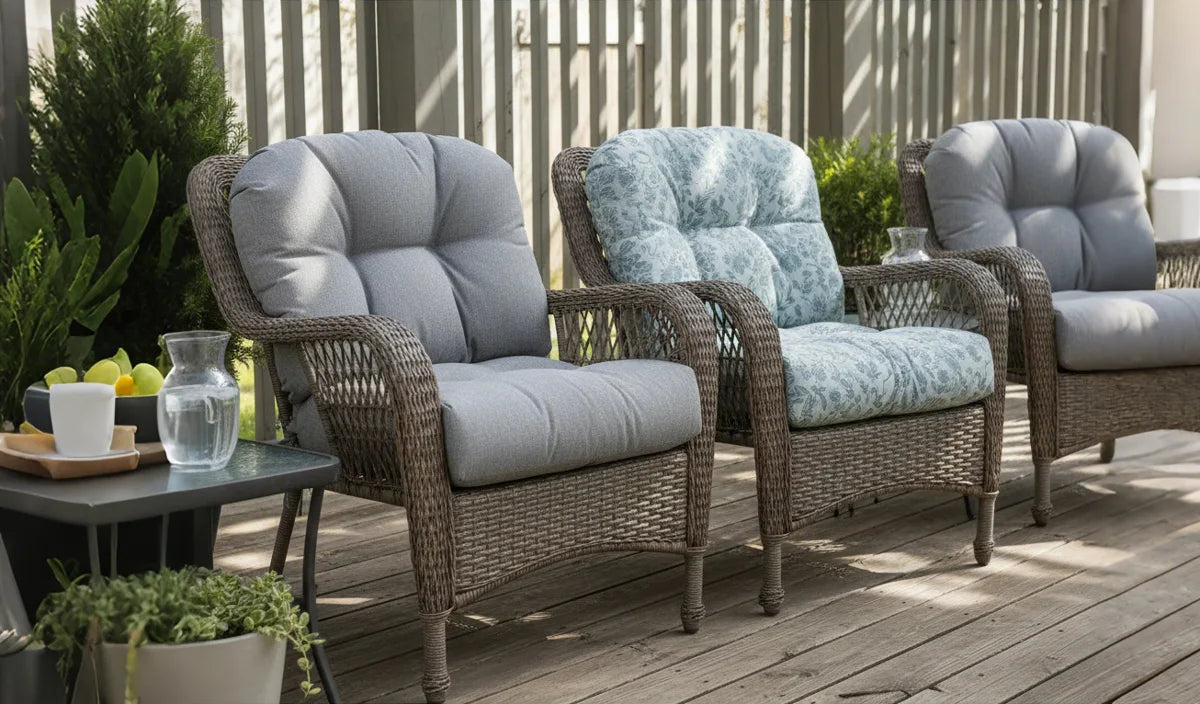
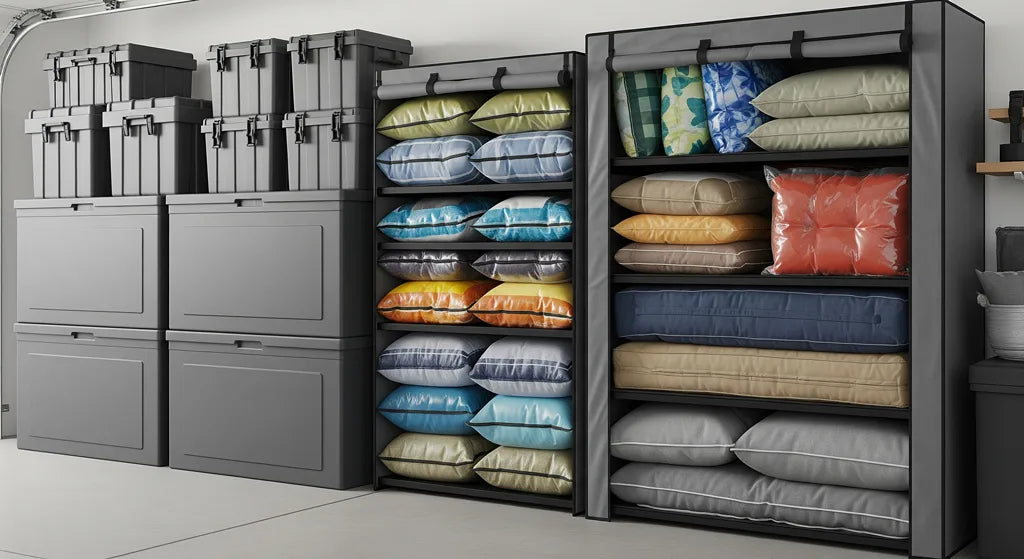
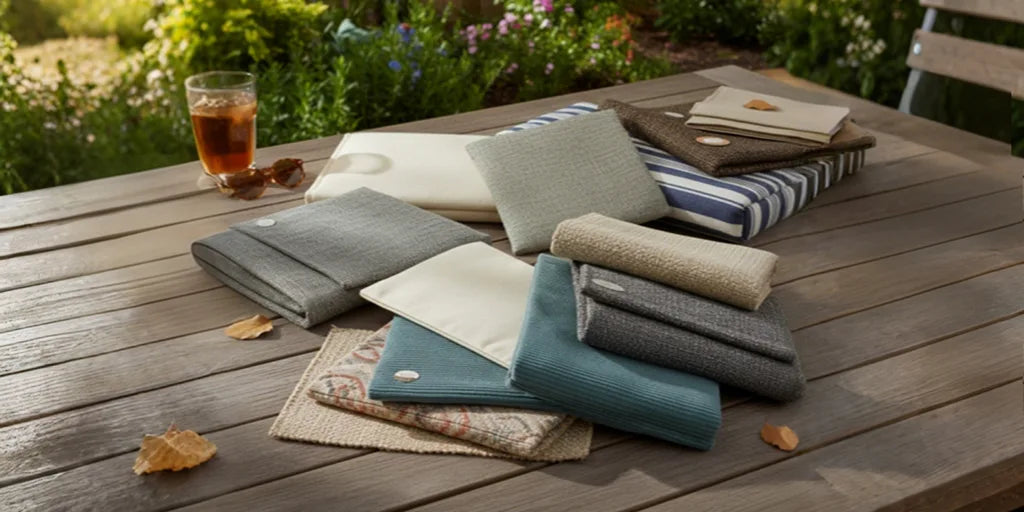
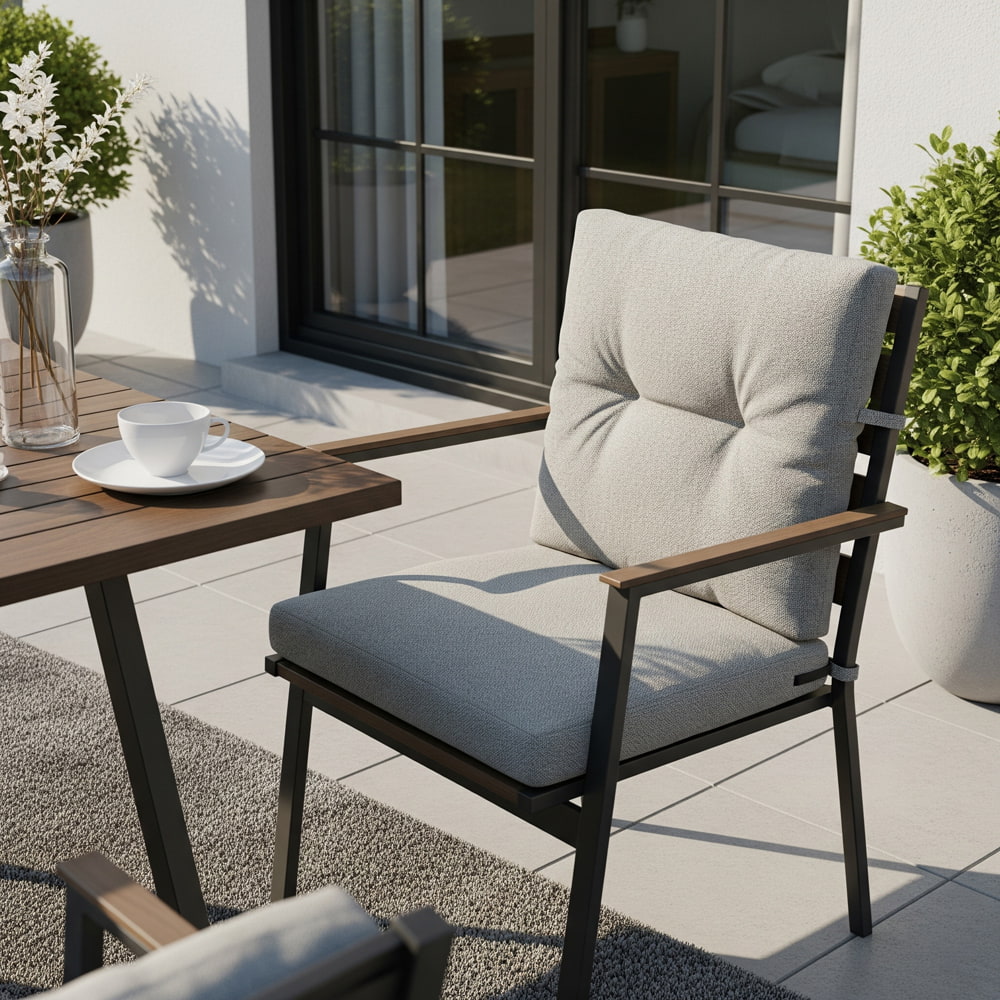
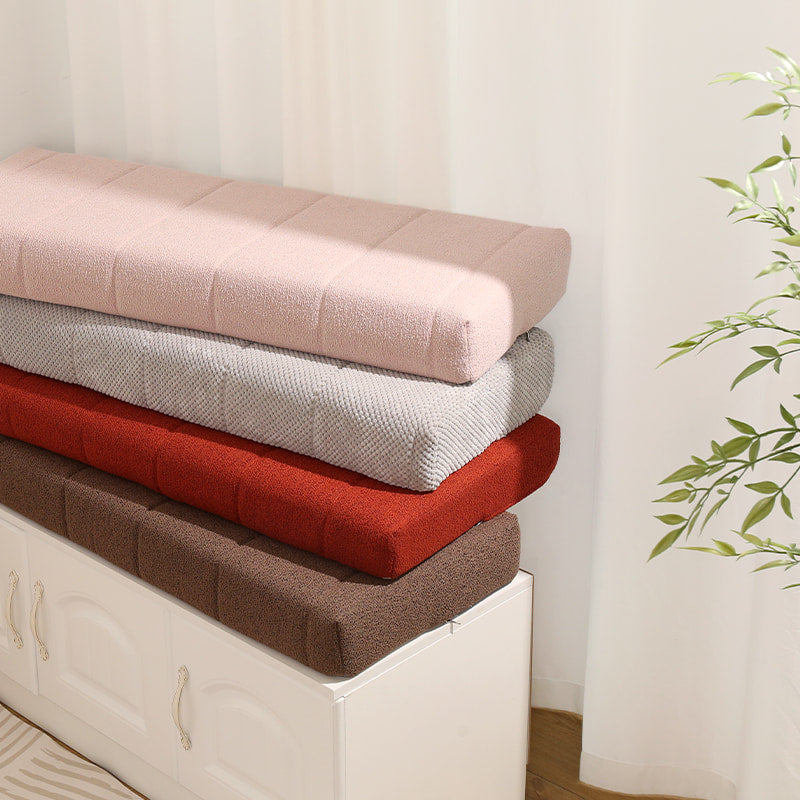

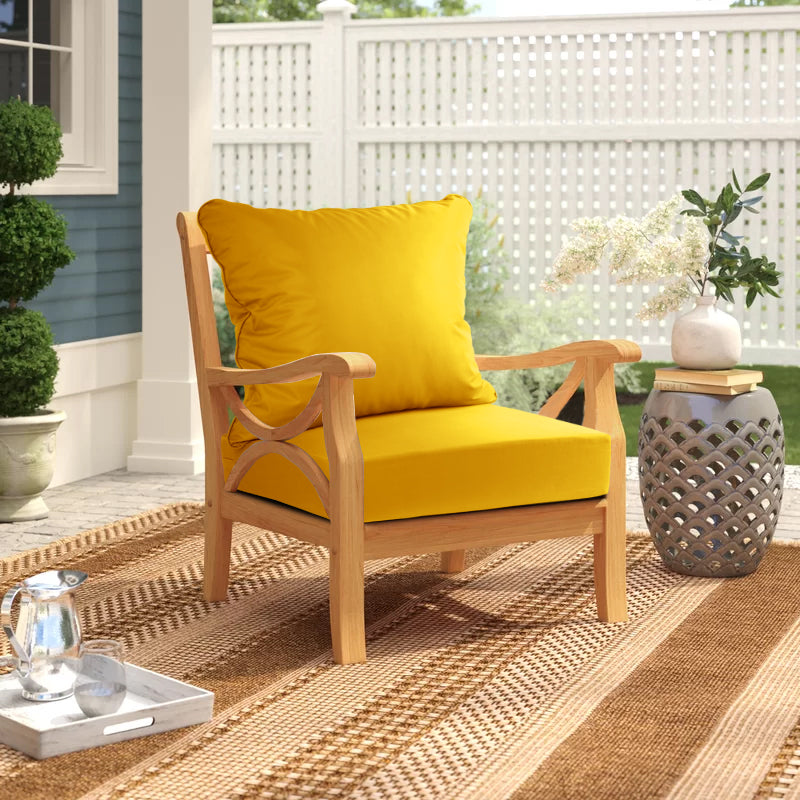
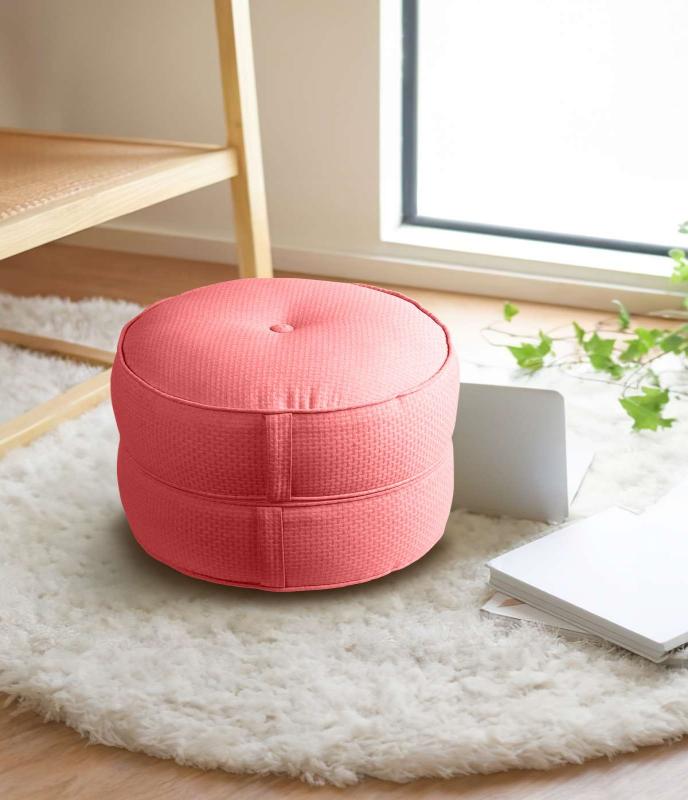
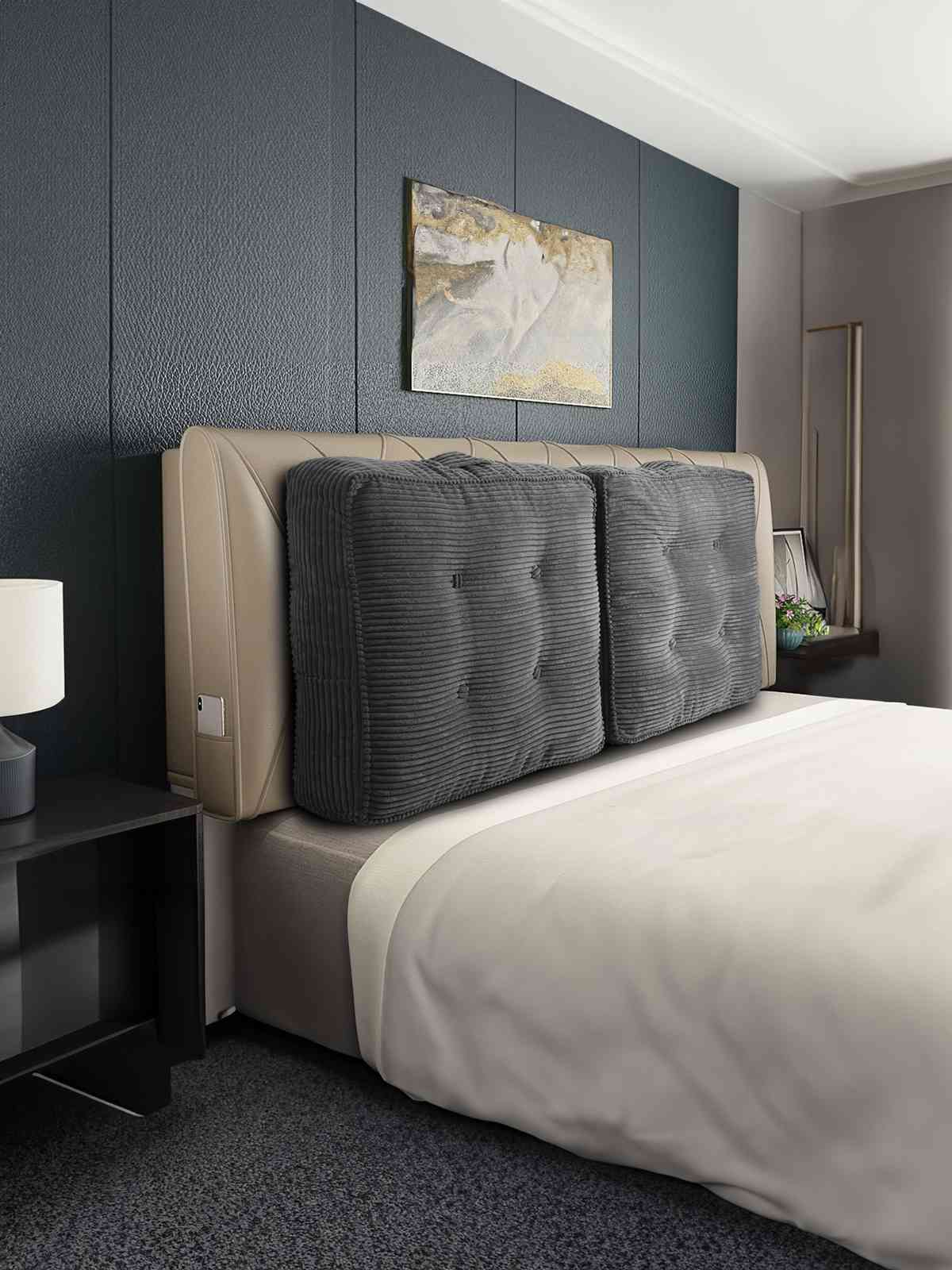
Leave a comment
All comments are moderated before being published.
This site is protected by hCaptcha and the hCaptcha Privacy Policy and Terms of Service apply.